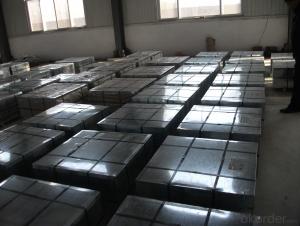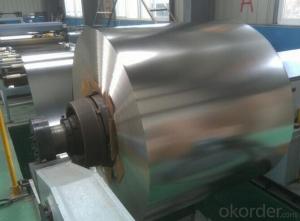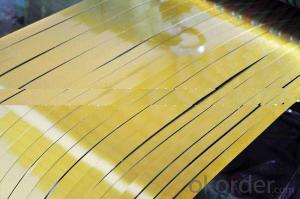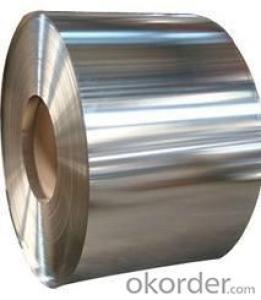ETP Electrolytic Tinplate For Paint Cans Use
- Loading Port:
- Qingdao
- Payment Terms:
- TT OR LC
- Min Order Qty:
- 25 m.t.
- Supply Capability:
- 30000 m.t./month
OKorder Service Pledge
OKorder Financial Service
You Might Also Like
1.Structure of ETP Electrolytic Tinplate For Paint Cans Use Description
Electrolytic Tinplate is a thin steel sheet coated by tin. It has an extremely beautiful metallic luster as well as excellent properties in corrosion resistance, solder ability, and weld ability.
2.Main Features of the ETP Electrolytic Tinplate For Paint Cans Use
Electrolytic Tinplate undoubtedly enjoys the pride of place as a packaging medium especially for food. It owes its unique position to its "nine layer sandwich structure", each of which contributes to its eminence as a packing material. The steel base of electrolytic tinplate provides the necessary strength and formability for can fabrication. The tin-iron alloy layer provides the bond between the steel and free tin layer. The free tin layer is not only responsible for the attractive bright finish and ease of solderability but is also non-toxic- a factor of vital importance in food packaging!
Tinplate is also widely used for making all types of containers such as food cans, beverage cans, and artistic cans, tea cans, painting cans, chemical package cans and dry food package cans, metal printing etc. Its applications are not limited to containers; recently, electrolytic tinplate has also been used for making electrical machinery parts and many other products.
3.ETP Electrolytic Tinplate For Paint Cans Use Images
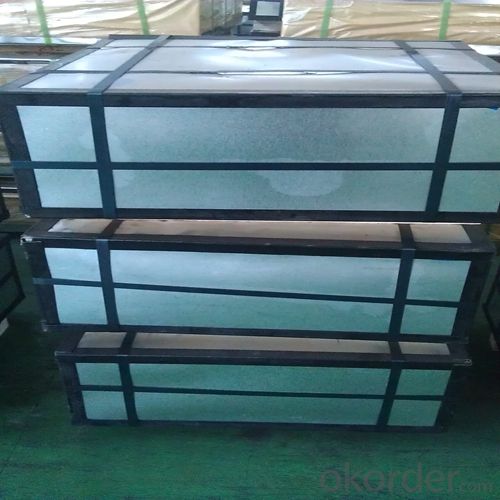
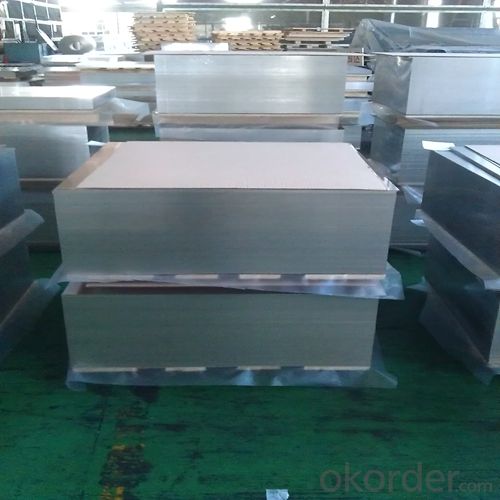
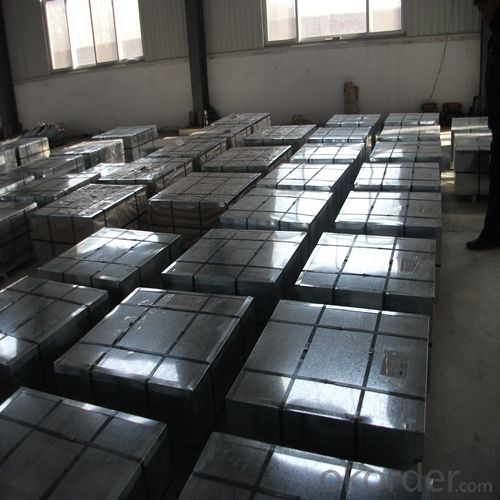
4.ETP Electrolytic Tinplate For Paint Cans Use Specification
Standard:BS EN 10202
Material: SPCC
Thickness:0.23mm
Width:732mm
Temper: T4
Annealing: CA
Coil Inner Diameter: 508mm
Weight: 6-10 tons/coil
Passivation:311
Oil: DOS
Surface: silver
5.FAQ of ETP Electrolytic Tinplate For Paint Cans Use:
1. What is the delivery time for your prime quality tinplate?
Usually 35 days after order confirmation.
2. What is your Minimum Order Quantity?
Usually MOQ is 50tons for one single size, for trial order, it can be 25 tons.
3. What is the payment term?
The most common we use is L/C at sight or TT. We can also try use other terms.
- Q:What are the main challenges in tinplate warehousing?
- The main challenges in tinplate warehousing include ensuring proper inventory management, maintaining product quality and integrity, optimizing space utilization, managing complex logistics, and adhering to stringent safety and regulatory requirements.
- Q:What are the potential health risks associated with tinplate?
- The potential health risks associated with tinplate are primarily due to the possibility of tin and other metals leaching into food or beverages stored in tinplate containers. Some studies suggest that high levels of tin exposure may lead to stomach and intestinal issues, such as nausea, vomiting, and diarrhea. However, the overall health risks are considered low, as strict regulations and safety measures are in place to minimize these concerns.
- Q:What is the process for printing on tinplate?
- The process for printing on tinplate involves several steps. First, the tinplate is cleaned and coated with a thin layer of primer to ensure proper adhesion of the ink. Then, the design or artwork is engraved onto a printing plate, typically made of a flexible material like rubber or plastic. This plate is then loaded onto a printing press. The tinplate is fed into the press, and the printing plate transfers the ink onto the tinplate in the desired design. The tinplate is then dried or cured to set the ink. Finally, the printed tinplate can be further processed or converted into various products like cans or packaging materials.
- Q:Can tinplate be used for chemical storage containers?
- Yes, tinplate can be used for chemical storage containers. Tinplate is a type of steel coated with a thin layer of tin, which provides excellent resistance against corrosion. This makes it suitable for storing various chemicals, as it helps to prevent any reaction between the stored substance and the container. Additionally, tinplate is durable and has good strength, making it a reliable option for chemical storage.
- Q:How does tinplate perform in terms of electrical conductivity?
- Tinplate has relatively poor electrical conductivity compared to other metals like copper or aluminum. Its electrical conductivity is lower, but it still exhibits some level of conductivity that makes it suitable for certain applications.
- Q:Can tinplate be used for signage and displays?
- Yes, tinplate can be used for signage and displays. Tinplate is a versatile material that is strong, durable, and resistant to corrosion, making it suitable for outdoor and indoor applications. Additionally, it can be easily formed into various shapes and sizes, allowing for creative and visually appealing signage and display designs.
- Q:What are the main factors affecting tinplate market growth?
- The main factors affecting tinplate market growth include the demand for packaged food and beverages, economic growth and industrialization, advancements in technology and packaging techniques, government regulations and policies, and the sustainability and recyclability of tinplate as a packaging material.
- Q:How can the section of the tinplate be maintained without rust?
- The cross section of the tinplate is free of rust. Both sides have plating, the cross section can use lubricating oil
- Q:What are the different methods of sealing tinplate containers?
- There are several methods of sealing tinplate containers, including double seaming, soldering, welding, and using adhesive or pressure-sensitive seals. Each method offers its own advantages and is chosen based on factors such as the contents of the container, desired level of seal integrity, and production requirements.
- Q:How is tinplate coated for gift packaging?
- Tinplate is typically coated for gift packaging using a process called electrolytic tin coating. This involves immersing the tinplate into an electrolyte solution and passing an electric current through it, causing a thin layer of tin to be deposited onto the surface of the tinplate. This coating provides a protective barrier and enhances the appearance of the packaging, making it suitable for gift purposes.
1. Manufacturer Overview |
|
|---|---|
| Location | |
| Year Established | |
| Annual Output Value | |
| Main Markets | |
| Company Certifications | |
2. Manufacturer Certificates |
|
|---|---|
| a) Certification Name | |
| Range | |
| Reference | |
| Validity Period | |
3. Manufacturer Capability |
|
|---|---|
| a)Trade Capacity | |
| Nearest Port | |
| Export Percentage | |
| No.of Employees in Trade Department | |
| Language Spoken: | |
| b)Factory Information | |
| Factory Size: | |
| No. of Production Lines | |
| Contract Manufacturing | |
| Product Price Range | |
Send your message to us
ETP Electrolytic Tinplate For Paint Cans Use
- Loading Port:
- Qingdao
- Payment Terms:
- TT OR LC
- Min Order Qty:
- 25 m.t.
- Supply Capability:
- 30000 m.t./month
OKorder Service Pledge
OKorder Financial Service
Similar products
New products
Hot products
Hot Searches
Related keywords
